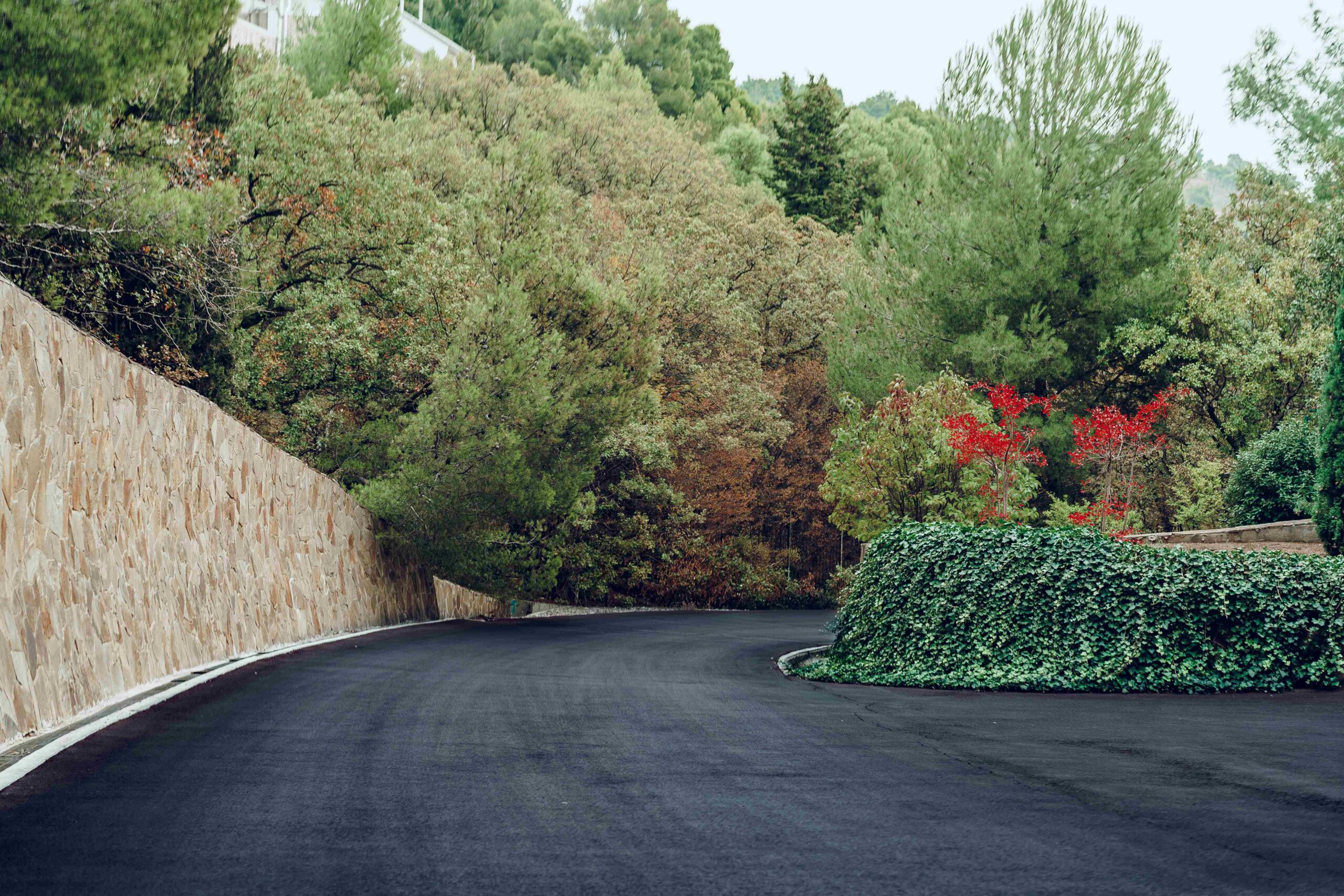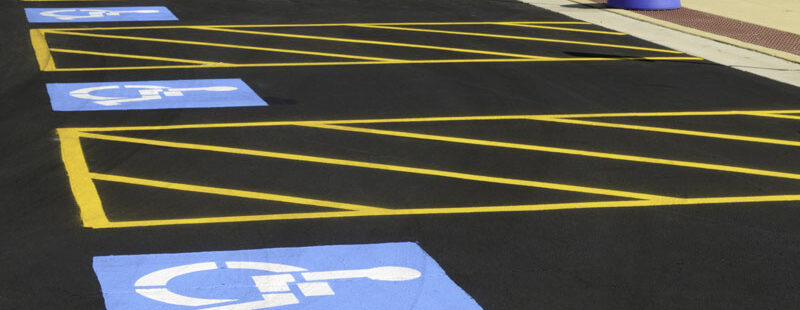
- min min
- No Comments
- November 2, 2025
Tarmac Driveways: The Unsung Hero of Strength, Speed, and Style
When it comes to driveway surfacing, few materials have stood the test of time like tarmac. Known for its strength, speed of installation, and clean finish, tarmac driveways remain one of the most trusted and practical solutions for homeowners and businesses alike.
In this article, we’ll uncover why tarmac driveways continue to lead the way in 2025 — not just for performance, but for long-lasting style and value.
1. Why Tarmac Driveways Still Lead the Way
Tarmac has been used for decades in everything from roads to airports, and for good reason — it’s built to last. Modern tarmac technology has evolved far beyond what most people imagine. Today’s materials are smoother, more flexible, and resistant to cracking, even under heavy vehicles or changing weather conditions.
For homeowners, this means a reliable, low-maintenance surface that can handle daily use while maintaining a neat, professional look year after year.
2. Quick Installation with Long-Term Strength
One of tarmac’s biggest advantages is speed of installation.
Compared to block paving or concrete, a tarmac driveway can often be completed within just a few days, reducing disruption while delivering immediate results.
Once set, the surface is strong enough to support cars, vans, and even heavier vehicles — perfect for families or properties with larger driveways.
The combination of speed and durability makes tarmac an unbeatable choice for homeowners looking for efficiency without compromise.
3. Built for All Weather Conditions
The unpredictable UK climate can take its toll on outdoor surfaces — but tarmac performs exceptionally well in every season.
Its flexible composition allows it to expand and contract without cracking in cold or hot weather. Additionally, its smooth surface helps prevent water pooling, ensuring excellent drainage and slip resistance during rain or frost.
That’s why tarmac driveways are not only strong but also incredibly practical for long-term performance in real-world conditions.
4. A Smart Choice for Value and Maintenance
A well-installed tarmac driveway offers one of the best cost-to-performance ratios on the market.
It’s typically more affordable than resin or block paving but still provides a clean, elegant finish that complements both modern and traditional properties.
Maintenance is simple — occasional sweeping, cleaning, and resealing every few years can keep your tarmac driveway looking new for decades. Small repairs can also be made quickly and cost-effectively, extending the surface lifespan significantly.
5. Modern Tarmac, Modern Style
Gone are the days when tarmac only came in plain black.
Today, homeowners can choose from different finishes and edging options to give their driveways a unique look. Red tarmac, decorative kerbs, and neat borders can all be added for an enhanced appearance — turning practicality into polished style.
With the right design approach, tarmac driveways are no longer just functional — they’re part of your home’s overall curb appeal.
6. Why Choose East Herts Surfacing
At East Herts Surfacing, we bring years of professional experience in delivering high-quality tarmac driveways across Hertfordshire and surrounding areas.
Our expert team ensures precise preparation, smooth application, and long-lasting results that look as good as they perform.
We handle everything from new installations to resurfacing and repair work, always maintaining the highest standards of workmanship and customer satisfaction.
Conclusion
Tarmac remains one of the most dependable and cost-effective driveway materials available — combining strength, speed, and style in a single surface. Whether you’re replacing an old drive or building a new one, a professionally laid tarmac driveway provides lasting value, year after year.
In this post, we’ll take you behind the scenes of a typical UK road surfacing project, step by step.
1. Site Inspection and Planning
Every successful resurfacing job begins long before the first machine arrives.
- Initial survey: Specialists inspect the existing surface to assess its condition, measuring cracks, rutting, and water drainage issues.
- Core sampling: In some cases, small samples are taken to check the condition of the layers below.
- Planning and scheduling: Based on the findings, a detailed plan is drawn up — outlining materials, thickness, machinery required, and traffic management strategies.
Proper planning ensures minimal disruption to traffic and residents, and guarantees the surface will perform well for years to come.
2. Preparing the Site
Before any new material is laid, the area needs thorough preparation.
- Milling or planing: Old asphalt is removed using a machine that grinds the surface to the desired depth. The removed material (called milled asphalt) is often recycled.
- Cleaning and sweeping: Dust, loose debris, and oil residues are cleared away to ensure proper bonding of the new layer.
- Edge cutting and tack coating: The edges of the area are cut cleanly, and a tack coat (a thin layer of bitumen emulsion) is sprayed to create a strong bond between the old and new surfaces.
This preparation stage is crucial for durability — skipping it could cause premature cracking or delamination.
3. Laying the New Surface
Now comes the part everyone sees — laying the asphalt.
- Delivery and spreading: Hot asphalt mix arrives from the plant and is spread evenly by a paving machine.
- Levelling: The paver ensures the right thickness and gradient for smooth water drainage.
- Compaction: Heavy rollers compact the asphalt while it’s still hot, locking aggregates together for strength and a perfect finish.
Timing is critical here — the surface must be compacted before it cools too much to avoid weak spots or uneven texture.
4. Finishing Touches and Quality Checks
Once the asphalt layer is complete, the team performs finishing works:
- Joints and edges: These are sealed to prevent water ingress.
- Surface inspection: Engineers test the texture, thickness, and evenness.
- Clean-up: All debris and traffic management barriers are removed once it’s safe.
Every project ends with a final quality assurance check — ensuring the surface meets design and safety standards.
5. Aftercare and Maintenance
Even a perfectly resurfaced road benefits from regular maintenance.
Simple actions like cleaning drains, sweeping debris, and sealing early cracks can dramatically extend its lifespan. Many property owners schedule periodic inspections to keep their surfaces performing like new.
If you’re planning a resurfacing project for your driveway, car park, or private road, working with an experienced contractor ensures the process runs smoothly from start to finish — with durable results that last for decades.
Ready to Start Your Own Surfacing Project?
At East Herts Surfacing, we handle every stage — from inspection and preparation to final finish — with precision, professionalism, and care.
Whether it’s a small private lane or a large commercial area, our experienced team guarantees quality, efficiency, and safety at every step.
👉 Get in touch today to discuss your project: Contact us here





